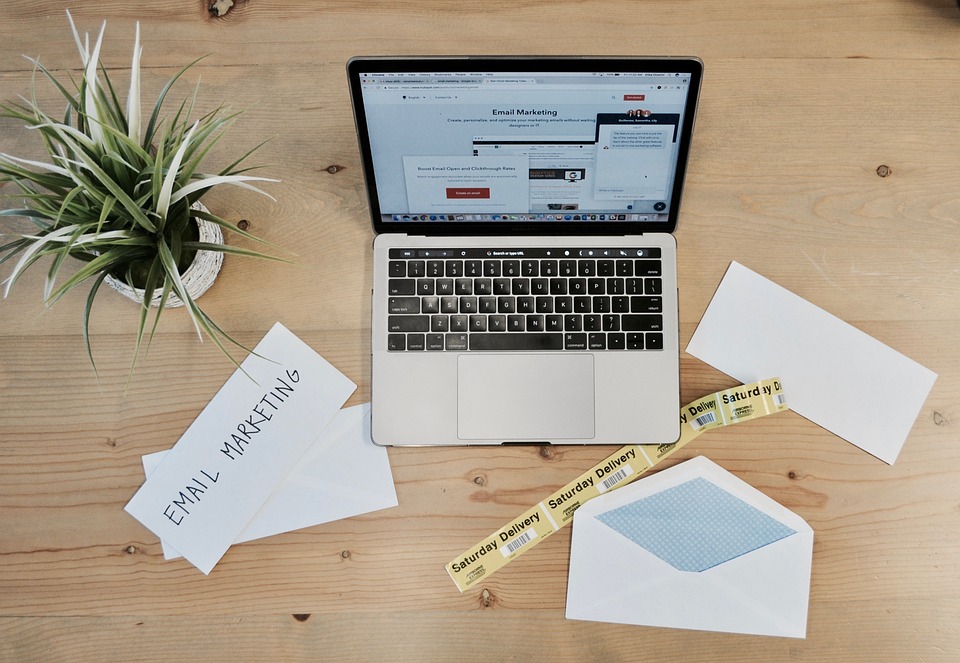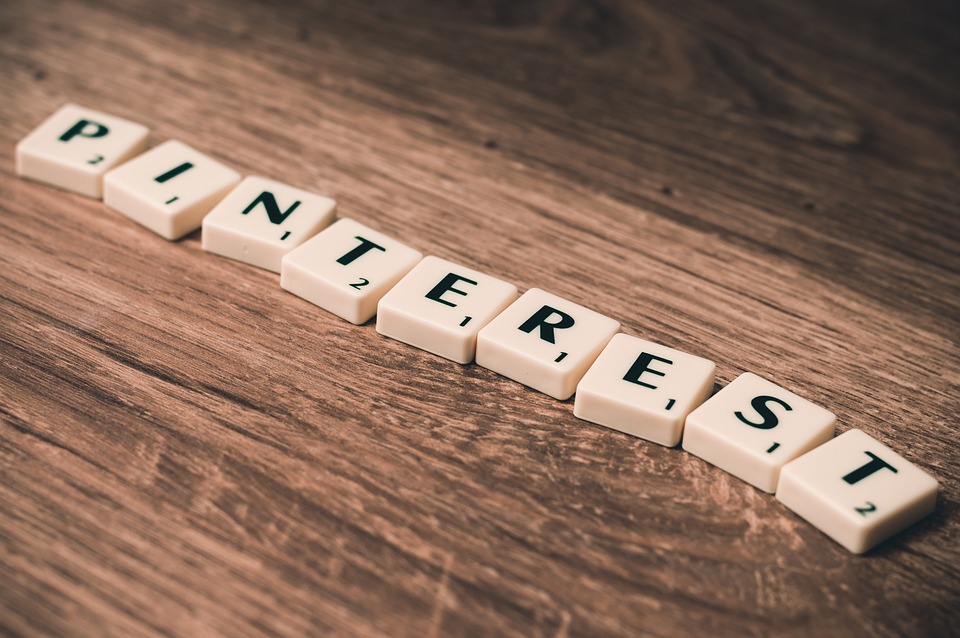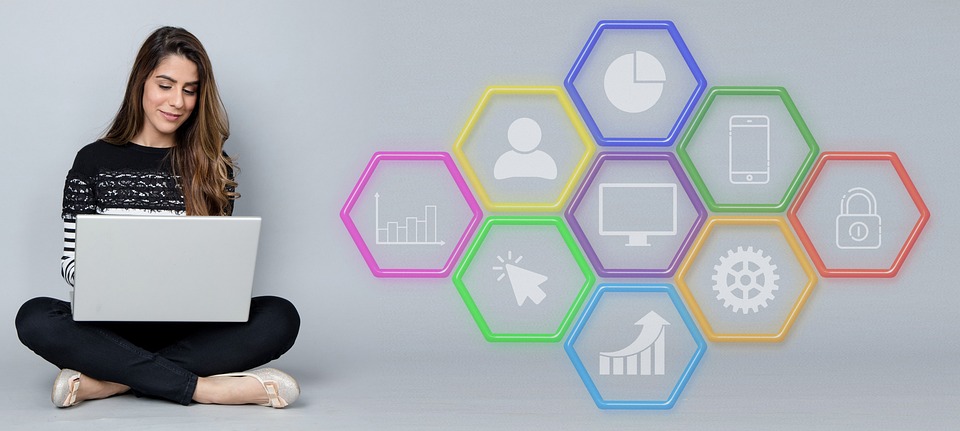Understanding the True Cost of Web Design: Factors to Consider
In today’s digital age, having a well-designed website is essential for businesses of all sizes. A website serves as a virtual storefront, allowing potential customers to learn more about your products or services and make a purchase or contact you directly. However, many business owners underestimate the true cost of web design. It’s not just about paying a designer to create a visually appealing site; there are several factors to consider that can greatly impact the overall cost and success of your website. In this article, we will explore these factors and help you gain a better understanding of the true cost of web design.
1. Goals and Objectives:
Before diving into web design, it’s crucial to define your goals and objectives. What do you want your website to achieve? Do you want to generate leads, increase sales, or simply provide information? The complexity of your goals and objectives will influence the cost of web design. For instance, an e-commerce website with a shopping cart and payment gateway will require more time and resources compared to a simple informational site.
2. Design and User Experience:
The design and user experience of your website play a significant role in attracting and retaining visitors. A well-designed website not only looks visually appealing but also provides a seamless user experience. The cost of web design will depend on factors such as the complexity of the design, the number of pages, and the level of customization required. Custom designs and user experience enhancements will generally incur higher costs.
3. Content Creation:
Content is king when it comes to web design. Engaging and informative content helps to convey your brand message and attract your target audience. The cost of content creation includes writing or hiring copywriters, creating images or hiring graphic designers, and sourcing or purchasing stock photos. Additionally, ongoing content creation for blogs and updates plays a crucial role in maintaining a successful website.
4. Functionality and Features:
The functionality and features you want to incorporate into your website will impact the overall cost. Do you need a contact form, customer login portal, or a content management system (CMS)? These features require additional development and customization, which can increase the cost of web design. It’s important to prioritize the essential features to avoid unnecessary expenses.
5. Responsiveness and Mobile Optimization:
With the increasing use of smartphones and tablets, having a mobile-friendly website is crucial. Responsive web design ensures that your site adapts to different screen sizes and provides a seamless user experience across all devices. Mobile optimization requires additional coding and testing, which can increase the cost of web design. However, it is a necessary investment to reach a wider audience and improve search engine rankings.
6. Search Engine Optimization (SEO):
Having a visually appealing website is not enough; it also needs to be easily discoverable by search engines. Search engine optimization (SEO) helps improve your website’s visibility in search engine results pages. SEO includes keyword research, on-page optimization, link building, and content creation. While SEO may not be directly related to web design, it is a crucial factor in the success of your website and should be considered in the overall cost.
7. Maintenance and Updates:
A website requires regular maintenance and updates to ensure it remains secure, functional, and up to date. This includes backing up data, updating plugins or software, and monitoring for any issues. Some web designers offer ongoing maintenance packages, while others charge an hourly rate for updates. It’s important to factor in these ongoing costs when considering the true cost of web design.
8. Timeframe and Project Management:
The timeframe for web design can vary depending on the complexity of the project and the availability of resources. Rushing the design process may result in a subpar website, while a lengthy project timeline may cause delays in launching your site. Effective project management is crucial to ensure the timely completion of your website. Proper planning and communication with your web designer can help avoid any unforeseen delays and additional costs.
In conclusion, understanding the true cost of web design involves considering various factors beyond just the initial design fee. By taking into account your goals, design and user experience, content creation, functionality, mobile optimization, SEO, maintenance, and project management, you can better estimate the overall cost of your website. Investing in a well-designed and functional website is a crucial step in establishing an online presence and attracting customers, so it’s important to budget accordingly and choose a web designer who can meet your needs and deliver a successful website.




